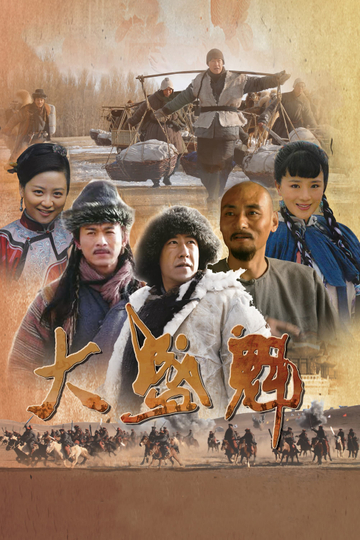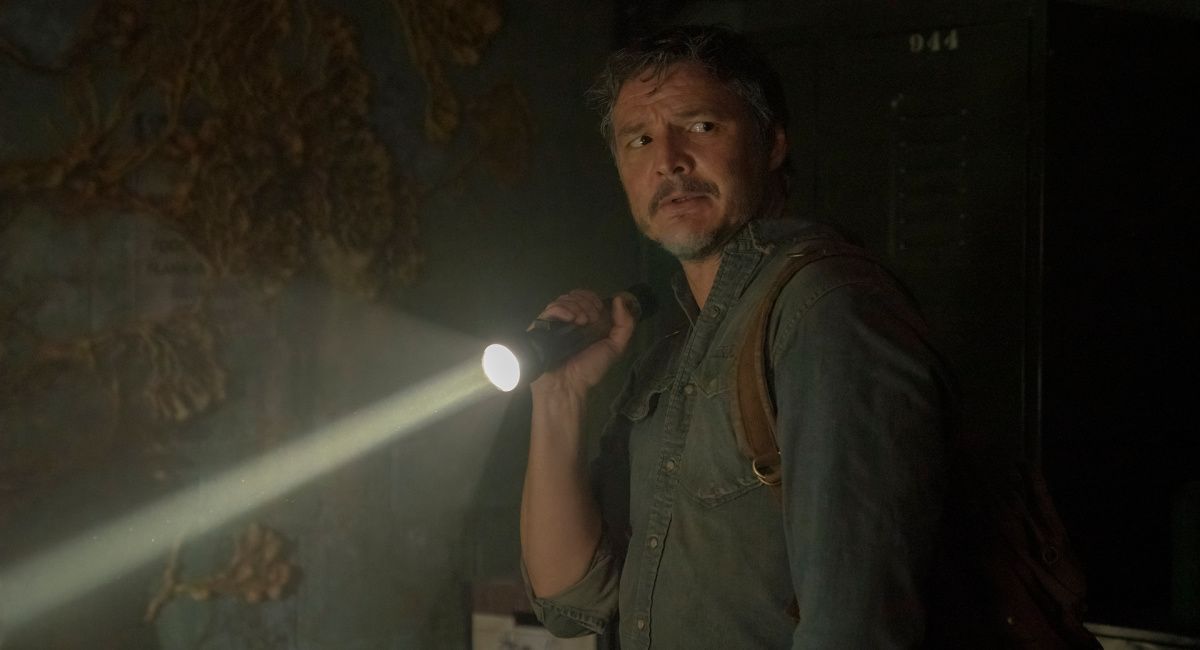Season 1 Episodes
1. A Country Between
As the Declaration of Independence is read to the Continental Army on the eve of the Revolutionary War, General George Washington reflects on his first military experiences more than twenty years before when he was a young officer, fighting for the British to secure the western territories of Pennsylvania and beyond for colonial expansion. Washington was a pivotal figure in the start of the French and Indian War in 1754, a conflict the pitted England’s goals for empire in the New World against French interests. Caught between were the Indian nations. Their leaders, like the “Half King,” struggled to negotiate between the two European forces to protect their own people’s interests. After a disastrous skirmish that leaves a French diplomatic envoy dead and a resounding defeat in his first full-scale battle at Fort Necessity, Washington becomes an aide to General Edward Braddock, who was sent from England with a large force to evict the French and gain control of the strategic Forks of the Ohio. By equal measures arrogant and inexperienced, Braddock is overwhelmingly defeated by French forces and their Indian allies and dies of his battlefield wounds. Britain becomes more determined to win the war and sends thousands more troops, setting the stage for the next phase of the war.
2. Unlikely Allies
As the war unfolds and moves to upstate New York, relationships among the French, British, Indians and colonial settlers become increasingly tense and the frontier grows more dangerous. Indians see the war between the French and English as an opportunity to regain control of their territory. They begin to attack settlements, taking women like Mary Jemison captive as part of their spiritual mourning tradition for lost warriors. While French and English officers are disgusted by Indians they perceive as barbarians, they are forced into uneasy alliances with them. Interesting characters emerge, like British general Andrew William Johnson, an Irish fur trader who has an exceptional ability to bridge the cultural divide, and his friend, the Mohawk Chief Hendrick. As the front lines stretch from North Carolina to Canada, it is far from clear who the victors will be.
3. Turning the Tide
After three years of defeats, the tide turns and the British start to tighten the noose on the outnumbered French forces. Although British Major-General James Abercromby is defeated by the Marquis de Montcalm at Fort Ticonderoga, France is no longer supplying the resources for victory. The war is also taking a terrible toll on their allied Indian tribes, which are decimated by disease and hunger. The British dispatch General John Forbes to conquer Fort Duquesne at the Forks of the Ohio, where the French have been entrenched since Braddock’s defeat. Forbes determined to carve a road through the wilderness, protected by a series of forts. An Eastern Delaware chief named Teedyuscung proves instrumental in securing victory for Forbes. Washington, at the center of action once again, is almost killed in a “friendly fire” incident, and wonders if Providence spared him for a higher purpose.
4. Unintended Consequences
British troops push north into Canada and lay siege to the impregnable hilltop fort at Quebec. In a daring strategic maneuver, British General Wolfe orders his troops to scale the cliffs at night and the surprise attack defeats the French at last. Wolfe is mortally wounded, but General Jeffrey Amherst continues the British pressure on Canada. Decisively aided by the Iroquois, he brings the war, and French influence in Canada, to an end. In the aftermath of victory, the British treasury is drained and tensions between the colonies and the Britain escalate as Parliament imposes taxes on the colonies to help recover the costs of the long war. Struggling to control a vast North American empire, they also make a treaty with the Indian nations, which were attacking frontier settlements, to prevent further colonial encroachment. George Washington, now a civilian planter and member of the Virginia House of Burgesses, chafes at these British actions along with many other Americans. They feel betrayed and disrespected as partners in the victory and loyal British subjects, and their economic interests in the western territories are at stake. With the Stamp Act and the Tea tax, the time arrives to declare independence from the Crown that they had been so willing to serve just twenty years before. Washington puts on his military uniform once more, this time to lead the Continental Army.













































